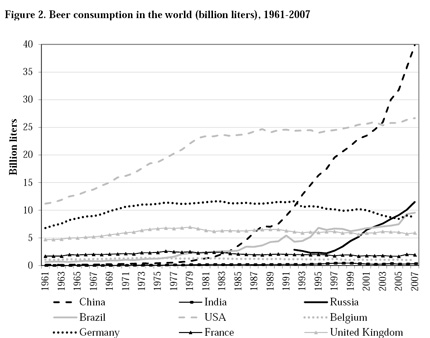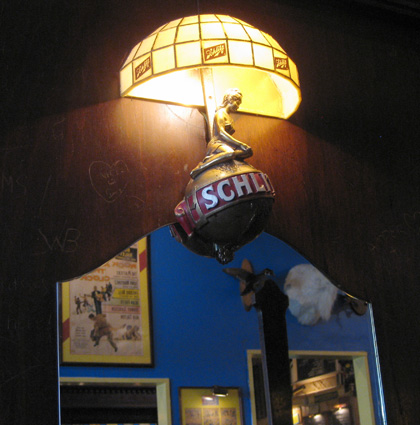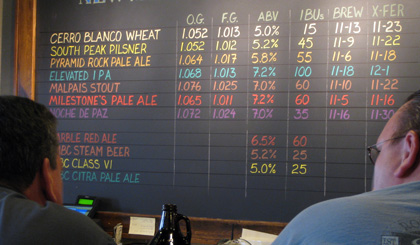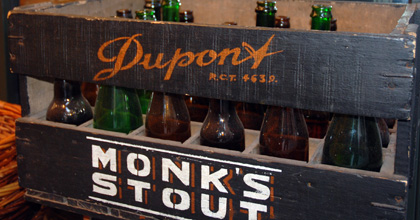Last week Alan McLeod celebrated the arrival of Brewery History, No. 139 in his mail, because he already knew he’d find plenty of ideas inside. Sure enough, the mini-book immediately provoked a post. Don’t worry, there are plenty of ideas left, which is why every beer blogger should buy a copy (ordering information here). Not just for the post fodder, but because it is packed with essential beer journalism history.
I’m going to try to wait to mine it for blog posts until everybody gets their own copy, reads it through and perhaps quotes from it. It won’t be all that easy. I’m ready and rarin’ to riff on Zak Avery’s discourse on “A taste of beer,” as well as what Mark Dredge wrote about beer writing and new media.
And I particularly like J.R. Richards’ memories about time on the road with Jackson in his final years, a period when we (at least I) saw a lot less of him in the United States. It made me think of the tribute Martyn Cornell posted immediately after Jackson died.
It is Cornell’s discussion of Jackson and style that caught McLeod’s attention. As almost every time the S word comes up much discussion followed.
It made me haul out the the transcript of a wide-ranging conversation Jackson had with three New Mexico homebrewers in 1990, when they drove him from brewery to brewery and he collected information to update his Pocket Guide to Beer. (We didn’t live in New Mexico yet, but I ended up with the tapes.)
At one point Jackson said:
“It’s important that styles are defined. If styles aren’t defined you finish up once again with all beer tasting the same pretty much because a brewer . . . I mean Coors makes a nice Winterfest beer and they call it a stout beer in their adverting. That’s just confusing, you know, it’s not a stout, it’s sort of a festival style Vienna lager. If some terminology is not agreed upon in a beer or two, I mean if that terminology doesn’t mean something specific we just finish up with a confusion and blurring and in the end all beer tasting very similar once again. If it’s golden you call it a pilsner whether it’s hoppy or not. You decide everyone else is calling their beer pilsner so you’ll call your a Dortmunder even though there’s no difference.”
And almost as if he was acknowledging Stephen Beaumont’s comment 20 years before it was posted, he said, “It’s difficult how do you retain the integrity of styles without putting them into corsets essentially.”
Lots to think about. And, by the way, you don’t have to be a beer blogger to enjoy that little book full of ideas.




